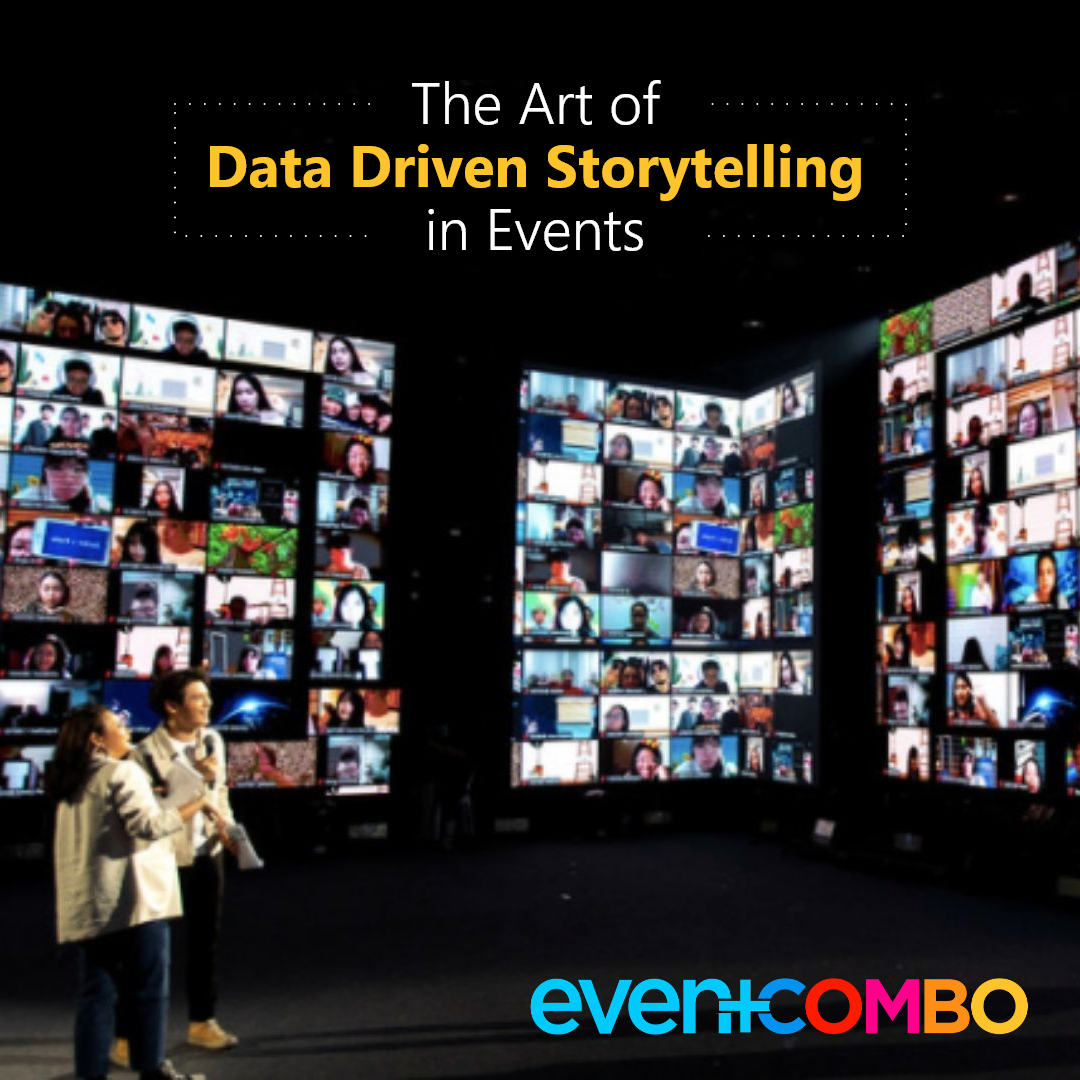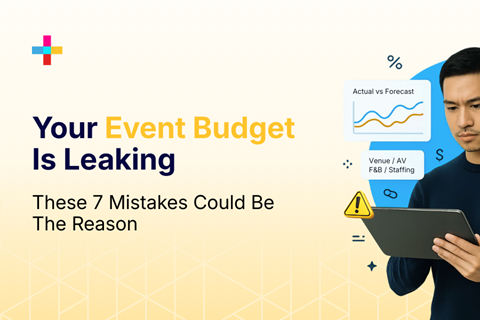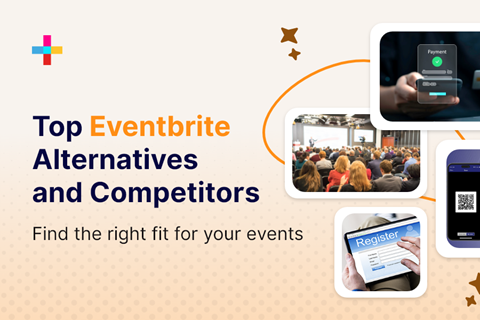

The most primitive form of communication, used over centuries by humans, is the use of visuals and stories. No wonder, everyone is intrigued by data-driven storytelling which is gaining unprecedented prominence across industries. The growing market response is supported by the U.S. Bureau of Labor Statistics (BLS) estimates that reveal a 22% demand growth for Data Analysts through 2030, which is much higher than the average.
Speaking of the event industry, the changing trends and expectations are making data-driven storytelling more and more significant in designing events. From developing marketing campaigns or pitching the C-suite attendees, to actually executing the event followed by detailed analysis, in every step, data depicted by stories is easy to comprehend, consume, and understand.
Why is Data-Driven Storytelling Important?
To do something with perfection and conviction, the most important requisite is to ask WHY, because until the WHY behind the context is unknown, the roadmap to the goal cannot be created.
Why does the event industry need to transition into using more data-driven storytelling?
Why does data-driven storytelling have a greater impact?
Humans are hardwired to make decisions based on logic and emotions, and a coherent storyline can bridge the gap between these two in a way that rattling numbers and dual-tone spreadsheets cannot. Data stories ensure that the data is understood in the right context by the right people, making them capable enough to process complex business information.
Components of a Good Data Story
Irrespective of where you are using a data story, be it for an in-house round-table presentation, communicating with customers or your workforce, narrating a brand story, event marketing, or product promotions, data stories can leave an indelible impression. While visualization and AI can deliver decision-driving-worthy information to users, adding the feature of storytelling can simplify it even further.
Data - Accurate and complete data is paramount, to begin with. What differentiates big data from the right data is that the latter is sorted as per user perspective and ramified into descriptive, predictive, and diagnostic. A mammoth amount of data collected over an event life-cycle might not be relevant for everyone until classified in line with the requirements of the decision-makers or the target audience.
Visuals – Visualization has been popularly changing data interpretation for more than a decade as it renders life to the data. The reason is apparent - exquisite visual representation of an event’s data enables faster analysis and prompts corresponding actions, making data an influential element rather than just a bunch of plain figures and charts.
Narrative – The insights on data are communicated through a solid narrative, verbally or in writing. In the concept of data-driven storytelling, the narrative is the decerning determinant of its rightly-hyped lasting impact on the users, as it efficiently communicates the context with data insights, while inspiring and initiating a call to action from the customer, internal teams, or management.
Data-Driven Storytelling in Events
Events are intrinsically data-driven stories, whether they are in-person events or virtual, where data is shared with attendees in the form of information, visuals by way of keynotes or exhibition booths, and narrative by way of product features/know-how.
Now imagine how much potential the data, collected throughout the event, have to redefine decision-making for organizers, planners, and attendees.
1. Understand Your Target Audience – The objective of data-driven storytelling differs with different sets of audiences. It is possible that out of the same data, different stories need to be narrated as per the audience type. For instance, let's consider attendees of an upcoming event and the previous event. In this case, the data can be woven into a story by, say, the sales team in the context of their current strategy by identifying what changed between the current and previous event attendees. Also, the same set of data can be spun into different stories based on the targeted ROIs.
2. Follow the Storytelling Curve – Like all stories, it is highly crucial to contextualize the data and create a compelling narrative with a broad context. The path is - to understand, visualize, and craft. If you are creating a story for the marketing team, it can branch out into many sub-narratives. Let's just say a marketing budget report’s insight into a specific problem or opportunity (like low-performing google ads and leads) raises the interest of the listeners. Further, when the story deep-dives into solutions (how to gain more leads through emails or Twitter ads) and countermeasures, the decision-makers will have a clear picture of what to do and remember the actions recommended.
3. Strictly Monitor Sample Bias - To have data graphed out is great, however, it is equally critical to monitor it is not biased. Biased data can skew into a conservative narrative or worse, exhibit a predominantly inaccurate and prejudiced story. It is rhetoric to mention that the conclusions must not be drawn beyond what the data states and supporting the claim with insights is a must. Keeping a check on the sample bias with an open mind is a critical part of weaving data stories. Suppose, event organizers are comparing the attendee count on a YOY basis focusing only on ads and marketing. The aspects of the post-event survey, if not included in the narrative, will obviously lead to wrong conclusions.
Data-driven storytelling is gradually becoming an imperative in events, that requires heightened focus. With the event industry market size estimated to grow at a CAGR of 11.1% from 2022 to 2028, and the competition electrifying with every passing day, the key to success lies in the hands of those who master this art. Also, considering the vast amounts of analyzed data required and demanded by all event collaterals, channelizing the data into weaving powerful stories is something that truly has the potential to transform event experiences.
Explore a new dimension for events and so much beyond https://bit.ly/3WNo2PH

Every event organizer knows the sinking feeling of watching a well-planned budget unravel. That initial estimate of $400,000 suddenly balloons to $540,000 due to unexpected fees and overlooked expenses.

Eventbrite is a common name in the event management space, but if you’re here, chances are it isn’t checking all your boxes. Like many professionals, you may be looking for Eventbrite alternatives or exploring...

Networking events remain the backbone of professional growth, whether you're building a business, recruiting talent, generating leads, or seeking strategic partnerships.